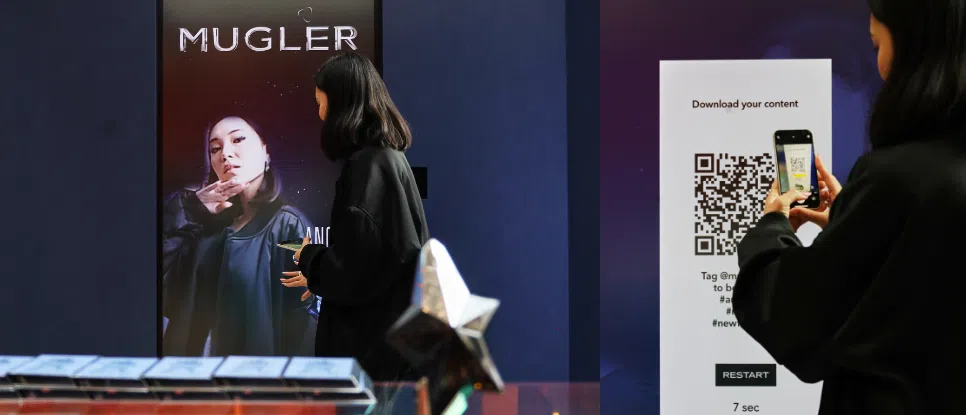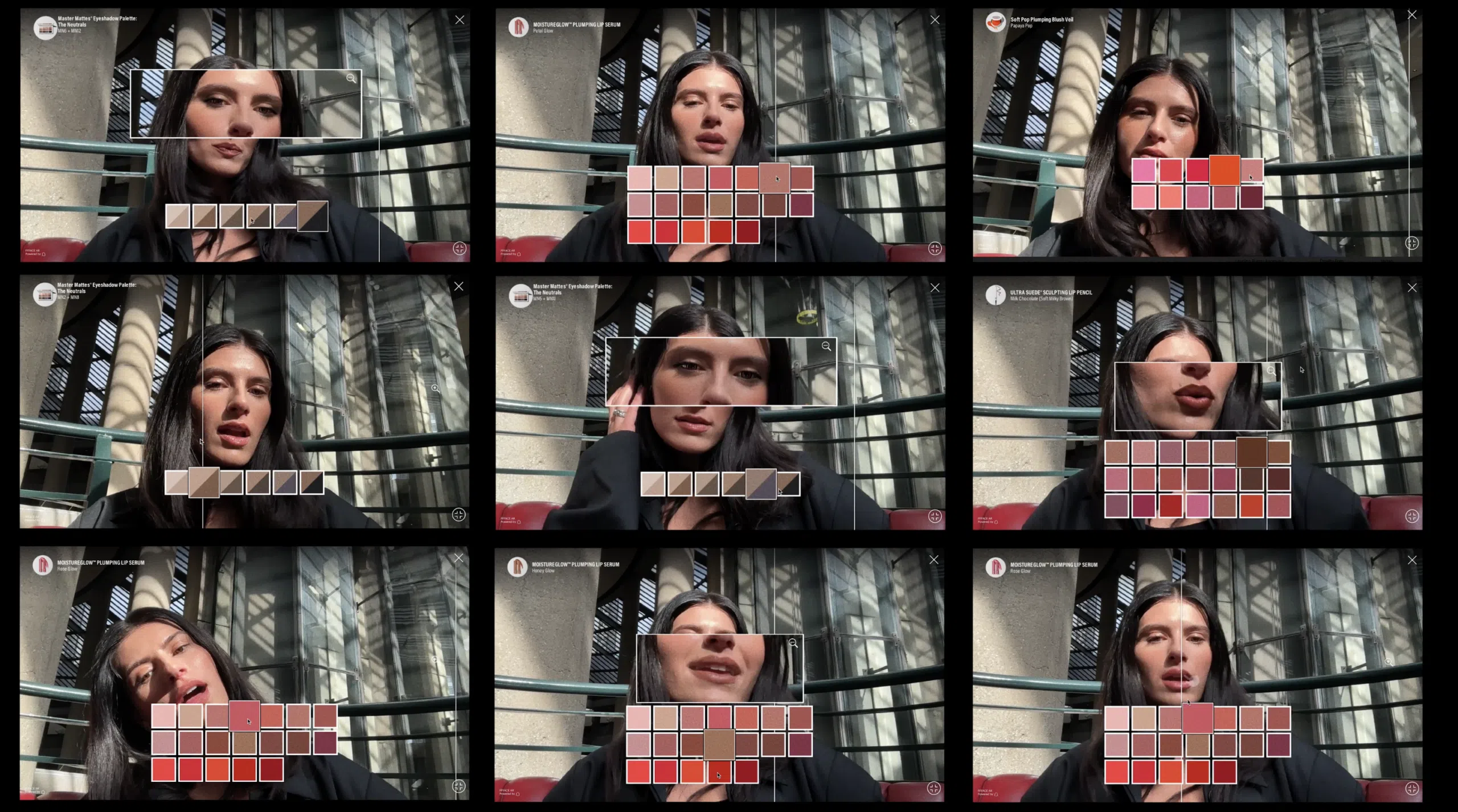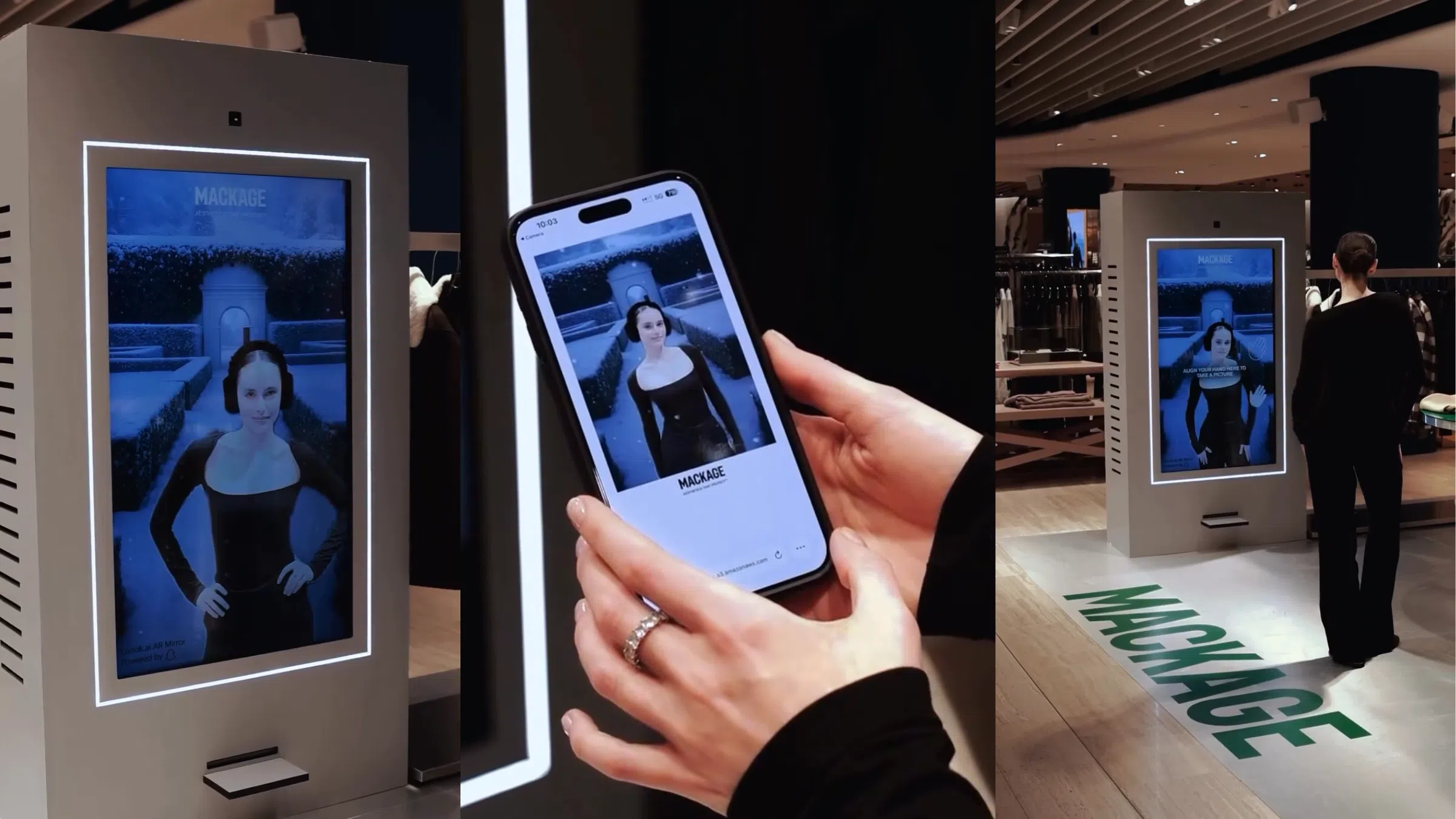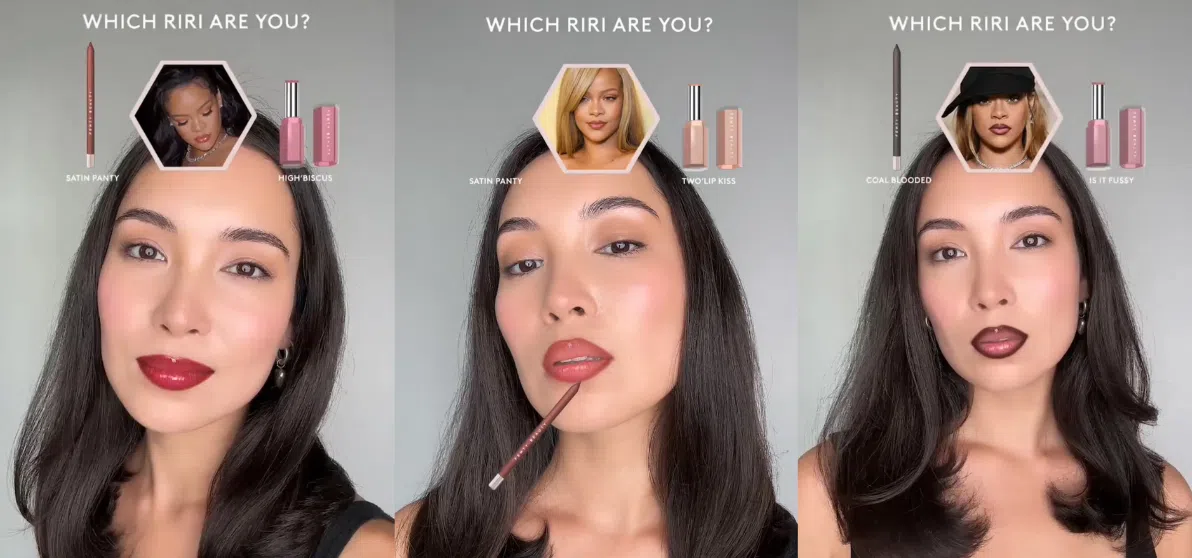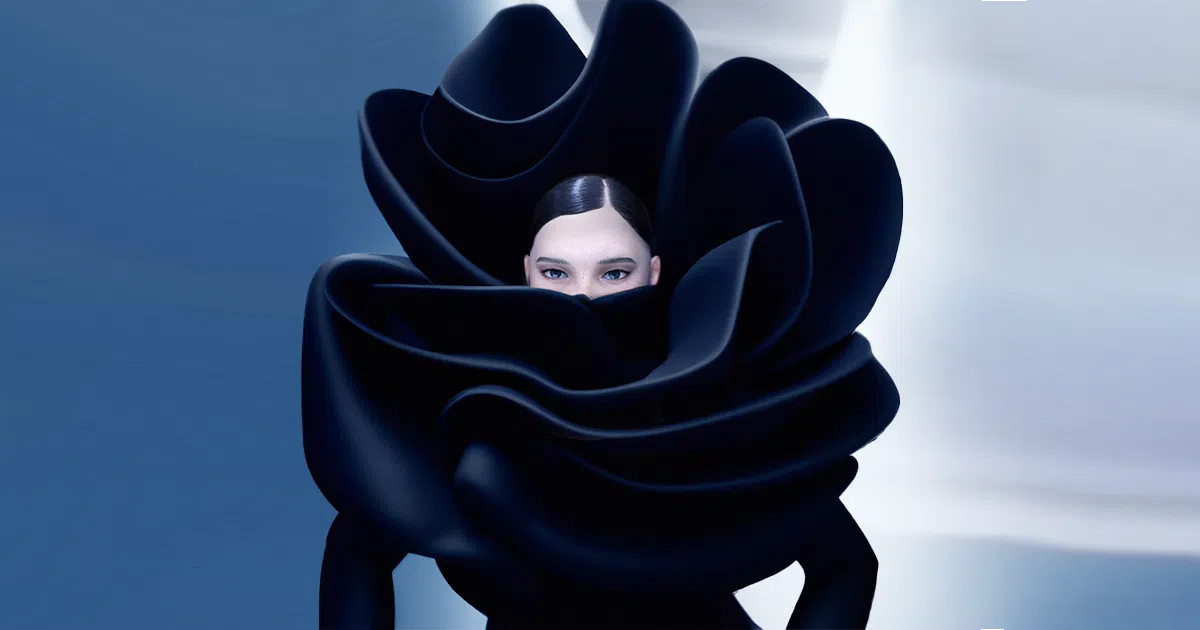Повний гід з Beauty Tech

TL;DR: Beauty Tech
Індустрія краси переживає потужну цифрову трансформацію: штучний інтелект (ШІ), доповнена реальність (AR), аналітика даних, Інтернет речей (IoT) та біотехнології змінюють спосіб, у який споживачі відкривають, тестують і купують косметику. Від ШІ-діагностики шкіри, що визначає пігментацію, текстуру та дрібні зморшки, до AR-примірок, які дозволяють тестувати відтінки помади, тон, колір волосся, аксесуари та повні образи з відстеженням обличчя/рук і PBR-рендерингом — досвід стає занурювальним та гіперперсоналізованим. Генеративний ШІ, 3D-друк формул, смарт-дзеркала, WebAR-віджети та омніканальна інтеграція допомагають брендам зменшувати бар’єри, підвищувати залучення, збільшувати конверсії, скорочувати повернення і отримувати цінні інсайти. Beauty Tech перетворює онлайн-примірку з моменту сумніву на впевнену покупку, забезпечуючи індивідуальні рутини, діагностику в реальному часі та плавний “phygital” шлях клієнта.
Що таке Beauty Tech?
Beauty Tech — це поєднання технологій та індустрії краси: ШІ, AR, аналітика та IoT створюють новий підхід до розробки, персоналізації та продажу косметики. Технології покращують досвід користувача та ефективність бізнесу, даючи брендам персоналізацію, дані в реальному часі та immersive-взаємодію.
Тренди та дані ринку Beauty Tech
Світовий ринок Beauty Tech досягне 172,99 млрд $ до 2030 року (CAGR 17,9 %). Сегмент на базі ШІ виросте з 26,19 млрд $ у 2024 році до 74,64 млрд $ у 2030 році. Ринок віртуального макіяжу — 18,26 млрд $ до 2030 року. AR-дзеркала Sephora збільшили продажі на 31 %, а AR-примірки можуть підвищити конверсію до 90 %. Саме тому L’Oréal, Unilever та Makeup by Mario активно інвестують у Beauty Tech.
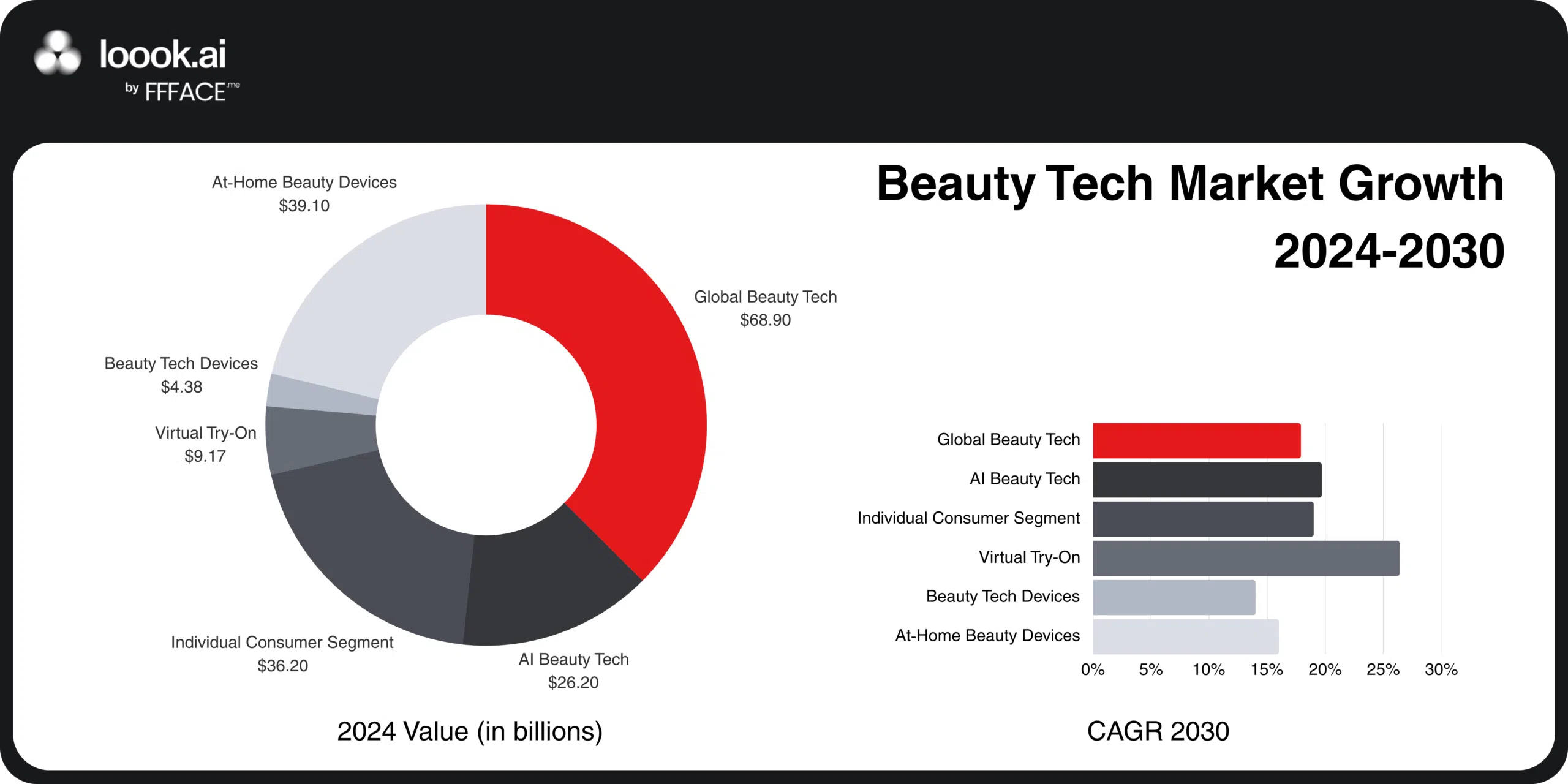
Нові б’юті-технології, що рухають індустрію вперед
Індустрія краси вже давно не обмежується формулами та упаковкою — тепер це про персоналізовані технологічні враження. Провідні бренди використовують ШІ, AR, смарт-пристрої та біотехнології, щоб відповідати зростаючому попиту споживачів на індивідуальність, зручність та інновації. Нижче — основні технології, що змінюють підхід до продуктів, ритейлу та взаємодії з клієнтами.
ШІ-діагностика шкіри
Системи на основі ШІ аналізують фото або live-відео обличчя, щоб виявити сухість, акне, пігментацію та дрібні зморшки. Бренди використовують ці дані для персоналізованих рекомендацій, підвищення конверсії та зміцнення довіри покупців.
AR-віртуальна примірка
Технологія AR дозволяє користувачам приміряти макіяж (помаду, тон, тіні), кольори волосся та аксесуари через мобільні додатки, веб-сайти або AR-дзеркала у магазинах. Це знімає гігієнічні ризики, зменшує кількість повернень і підвищує впевненість та залучення клієнтів.
3D-друк та продукти на запит
Сучасні системи 3D-друку дають змогу створювати персоналізовану косметику — наприклад, унікальні відтінки тональних засобів або помад — на основі індивідуальних вподобань чи характеристик шкіри. Це зменшує надвиробництво, підвищує сталість та відповідає попиту на гіперперсоналізовані beauty-рішення.
Біотехнології в б’юті-індустрії
Платформи на основі біотехнологій аналізують генетику, мікробіом шкіри або реакції організму на інгредієнти. Бренди використовують ці дані, щоб створювати точні формули, підвищувати ефективність засобів, мінімізувати ризик алергій та покращувати задоволеність клієнтів.
Високотехнологічні домашні beauty-пристрої
LED-маски, мікрострумові прилади та ультразвукові очищувачі відтворюють професійні процедури вдома. Бренди використовують їх для розширення у DTC-wellness сегмент, запуску преміальних лінійок та зміцнення лояльності через підключені додатки.
AR-дзеркала
AR-дзеркала в офлайн-магазинах розпізнають обличчя та накладають цифровий контент у реальному часі. Вони застосовуються для віртуальних примірок, інтерактивних туторіалів та бренд-активацій, перетворюючи потік відвідувачів на глибокий досвід і збираючи цінні дані про поведінку споживачів.
Голосові та чат-асистенти
AI-боти на e-commerce сайтах або смарт-кіосках допомагають з вибором продуктів, відповідають на запитання та формують персоналізовані б’юті-рутини. Вони підвищують онлайн-конверсію та зменшують залежність від персоналу в магазинах, зберігаючи індивідуальний підхід.
Розробка продуктів на основі даних
Такі бренди, як L’Oréal, використовують дані з AR-примірок, інструментів аналізу шкіри та онлайн-поведінки для оптимізації формул, упаковки й маркетингу. Цей повний цикл зворотного зв’язку забезпечує швидші та точніші інновації з меншим ризиком.
Смарт-пристрої та wearables
Пристрої на кшталт розумних кілець і сенсорів відстежують вплив UV, рівень стресу та якість сну. Ці дані інтегруються в персоналізовані програми догляду чи wellness-рутини, допомагаючи брендам переходити до холістичного підходу краси й здоров’я.
Реальні приклади Beauty-Tech
Від люксових модних брендів до лідерів skincare — світові компанії впроваджують beauty-tech для створення глибоких та інноваційних клієнтських досвідів. L’Oréal є піонером, застосовуючи AI-діагностику шкіри, AR-примірки, AR-дзеркала у флагманських магазинах та персональні онлайн-консультації.
Бренд Makeup by Mario у співпраці з FFFACE.ME пропонує браузерну AR-примірку на своєму вебсайті. Користувачі можуть тестувати відтінки тіней, блисків, рум’ян та інших продуктів безпосередньо через камеру свого пристрою — підвищуючи впевненість перед онлайн-покупкою та зменшуючи кількість повернень.
У магазині Sephora на Таймс-Сквер бренд Makeup by Mario також розмістив AR-дзеркало в реальний зріст, де відвідувачі могли віртуально тестувати відтінки бронзера, слідуючи відео-туторіалу від самого Маріо Дедівановича. Такий досвід збільшив час перебування клієнтів у магазині та підвищив їхню залученість.
Kiehl’s використав захопливий AR-фільтр на вітрині свого флагманського магазину, щоб створити ажіотаж навколо нових запусків продуктів. Фільтр із брендовими ефектами був розроблений виключно для розваги та взаємодії — він заохочував відвідувачів робити селфі та ділитися ними в соцмережах, а не проводити діагностику шкіри.
Ключові тренди Beauty-Tech на 2026 рік і далі
Найважливіші напрямки, що формують майбутнє індустрії краси та стимулюють безпрецедентні інновації й ріст ринку:
Гіперперсоналізація: ШІ дозволяє брендам створювати продукти та досвід під кожного клієнта — від формули до пакування.
Phygital-ритейл: AR-дзеркала, інтерактивні вітрини та цифрові полиці змінюють враження від покупок офлайн.
Домашні б’юті-пристрої: Споживачі активно використовують high-tech-інструменти вдома, що відкриває нові DTC-можливості.
Стійкі інновації: Технології підтримують clean beauty, мінімалізм пакування та зменшення відходів завдяки точним формулам.
ШІ-маркетинг та аналітика: Бренди застосовують ШІ для сегментації аудиторії, персоналізації кампаній і тестування продуктів у реальному часі.
Переваги інвестицій у Beauty-Tech для бізнесу
Чому бренди та інвестори роблять beauty-tech частиною стратегії:
Зростання залученості клієнтів і активності в магазині
Вища конверсія завдяки AR-тестам і рекомендаціям ШІ
Персоналізація онлайн та офлайн
Дані споживачів у реальному часі для точніших рішень
Менше повернень та ефективніше управління запасами
Потужна диференціація серед конкурентів



Майбутнє індустрії: можливості зростання в Beauty-Tech
Глобальний ринок beauty-tech, за прогнозами, перевищить $15 млрд до 2030 року, демонструючи сильний розвиток у сферах ритейлу, DTC, гостинності та wellness-сегменту. Оскільки бренди шукають більш персоналізовані та вимірювані способи взаємодії зі споживачами, платформи на кшталт Loook.ai прискорюють цю трансформацію — завдяки AR-оверлеям у реальному часі та аналітиці залучення на цифрових екранах у магазинах та outdoor-форматі.
Технологія Loook.ai дає бізнесу можливість активувати цифрові дзеркала, вітрини та білборди з інтерактивним контентом і одночасно збирати дані про взаємодію — як-от час уваги, вподобання продуктів та рівень інтерекцій. Такий підхід відображає широку тенденцію: об’єднання іммерсивного брендингу з performance-аналітикою для покращення продуктового розвитку та маркетингових стратегій.
Explore Loook.aiОскільки бренди, такі як Makeup by Mario, Prada Beauty та Kiehl’s, активно експериментують з AR-активаціями у ритейлі, попит на масштабовані й вимірювані beauty-tech рішення продовжує зростати. Із розвитком ринку платформи, що поєднують візуальну взаємодію та аналітику, стають ключовими для цифрової трансформації індустрії краси.




